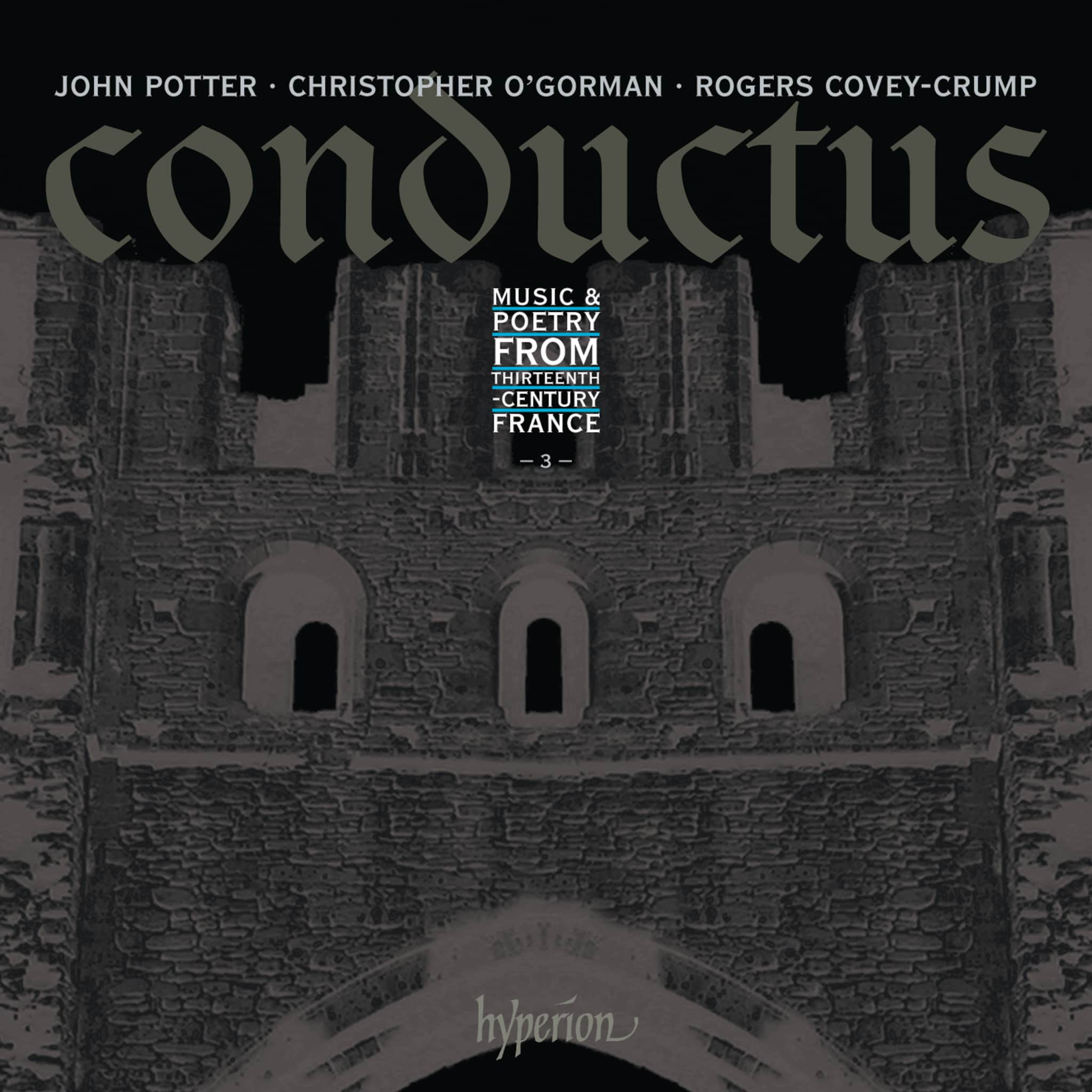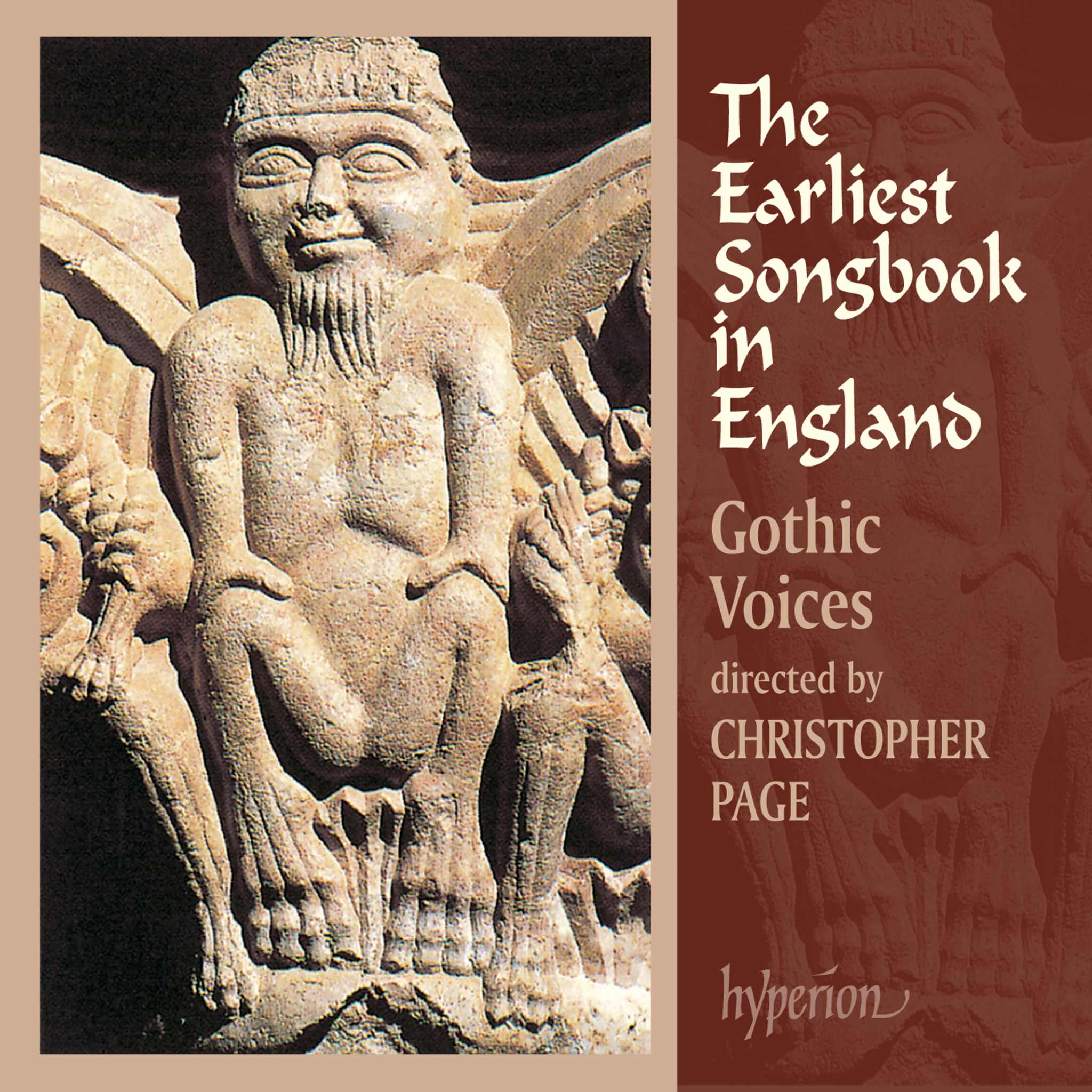Album insights
In November 1792, the 21-year-old Beethoven left his hometown of Bonn for Vienna, a city then competing with London for the title of "musical capital of Europe." He sought to study composition with Haydn and establish himself as a composer and performer. Leveraging his connections in aristocratic circles, crucial for a young musician in Vienna, Beethoven quickly gained recognition in the city's social circles. While cautious in approaching advanced genres like string quartets and symphonies where Haydn excelled, he fearlessly compared himself to the recently deceased Mozart in works such as his first two piano concertos, the string trio in E-flat major, Op. 3, and various chamber music pieces for wind instruments.
Beethoven’s Quintet in E-flat major, Op. 16 for piano and winds drew inspiration from Mozart’s Quintet KV452 for the same ensemble. Likely composed in Berlin in 1796, Beethoven's piece premiered in Vienna on April 6, 1797. Despite reflecting Mozart’s influence, especially in the genre, Beethoven’s unique style shone through. While Mozart interwove piano and wind quartet subtly, Beethoven juxtaposed them, creating a dynamic akin to a chamber concert. He borrowed Mozart's notion of lively horn figures for a vibrant conclusion.
The Andante cantabile, presented in a simple rondo form, featured increasingly embellished versions of the main theme, introduced solely by the piano. The movement encapsulated contrasting episodes, including a duet-like section for oboe and bassoon and a noble horn solo in B minor. The finale of the Quintet followed a hunting-themed rondo pattern, incorporating Beethoven's distinctive rebellious nature. The playful references recalled Beethoven's former mentor, Haydn, rather than Mozart.
Hoping to boost sales, Beethoven released this Quintet for piano and winds in a version for piano and string trio. Similarly, he expanded the market for the Trio in B-flat major, Op. 11, created between 1797 and 1798 for the rare ensemble of clarinet, cello, and piano. Compared to his earlier symphonic trios, Op. 1, the B-flat major trio exuded an elegant sense of relaxation, though contemporary critiques found it "difficult" and labeled Beethoven’s composition style as "unnatural."
Beethoven's Trio presented rich musical dialogues between the piano and clarinet, showcasing his signature ingenuity. The Adagio in E-flat major included a striking modulation and highlighted the cello prominently. Innovative variations in the final movement, based on a theme from Weigl's new comedy opera, showcased Beethoven's early mastery. An anecdote involving Steibelt illustrated Beethoven's fierce musical pride and talent.
Regarding his Serenade in D major, Op. 25, composed for flute, violin, and viola, insights suggest a later composition date around 1800-1801, aligning it closer temporally with his popular Septet. Reflecting the divertimento tradition, the Serenade and Septet catered to amateur musicians. Like Mozart, Beethoven began with a march-like "Entrata," followed by a graceful minuet and a spirited Allegro molto in D minor. The variations and playful exchanges among the instruments showcased Beethoven's skill and humor.
Richard Wigmore © 2006









